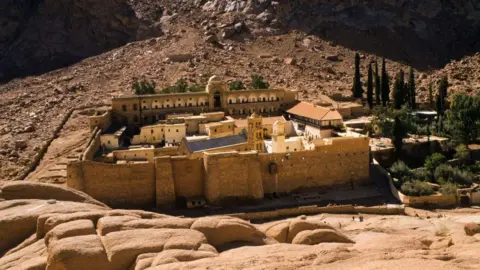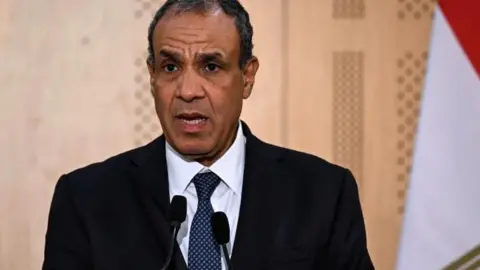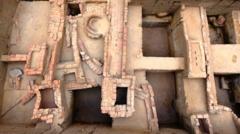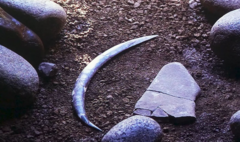Archaeologists have made a groundbreaking discovery with the unearthing of Pharaoh Thutmose II's tomb in a valley west of Luxor, Egypt's Ministry of Antiquities disclosed earlier this week. This discovery is celebrated as the first excavation of a royal tomb since the unveiling of Tutankhamun's burial chamber over a century ago in 1922.
The tomb, dating back approximately to 1480 B.C., is described by officials as "the last missing royal tomb of the 18th Dynasty." The excavation, a collaborative effort between Egyptian and British researchers, commenced in 2022, initially uncovering the entrance and main corridor of the tomb. Researchers originally speculated it might belong to a royal consort due to its proximity to the burial sites of royal wives, including Hatshepsut, who ascended to the throne after Thutmose II's death.
Despite suspicions about the tomb's royal attribution being questioned by its location—situated beneath two waterfalls and at the bottom of a slope during periods of significantly higher rainfall in the 15th century B.C.—the findings inside confirmed it was indeed constructed for a king. Alabaster jars bearing the inscription of Thutmose II as the “deceased king” and further inscriptions referencing Hatshepsut provided definitive clues. Additionally, remnants of the ceiling still intact bore blue paint adorned with yellow stars, a feature exclusively associated with royal tombs, further solidifying its classification as a king's burial site.
This discovery not only shines a light on the historical significance of Thutmose II but also indicates the continuing potential for archaeological finds in Egypt's rich past, reigniting global interest in Egyptology.






















